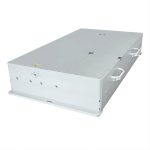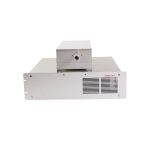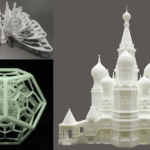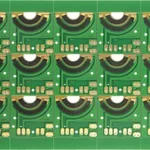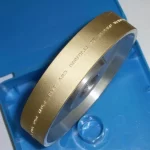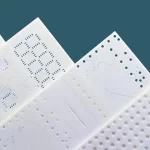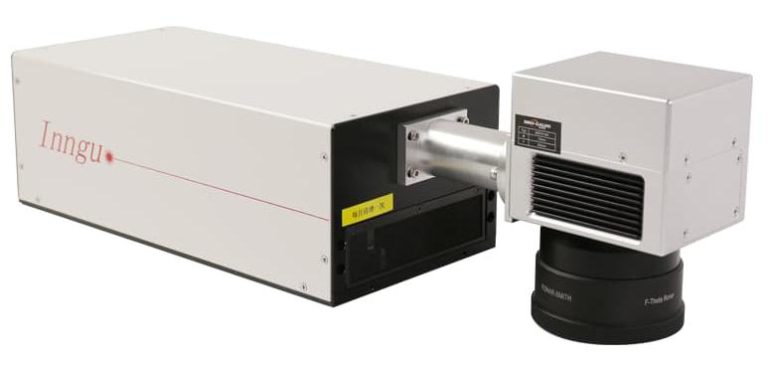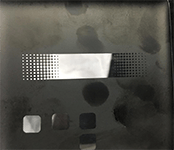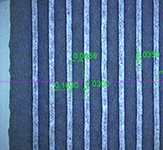With the continuous development of science and technology, the application of lasers to humans is also becoming more and more extensive. Among many types of lasers, IR nanosecond lasers have attracted great attention from scientists and engineers for their unique characteristics and broad application fields.
The nanosecond laser with the wavelength of 1064nm is a kind of laser source of high energy density. It can generate powerful laser beam and has exceptional stability and reliability. Additionally, this laser has high peak power and fast pulse speed. Overall, laser is the major invention of modern science and technology. The laser in 1064nm band has unique and potential applications in high tech fields such as laser ranging, laser guidance, coherent communication, atmospheric research, medical equipment, optical image processing and laser printers. From the mid to late 1970s, researchers conducted multidisciplinary studies on materials, devices and structures aimed at improving the output power and efficiency of 1064nm band lasers, leading to a deeper focus on improving the efficiency, miniaturization and stable performance.
IR nanosecond laser produces laser pulses of nanosecond pulse width and amplifies the radiant energy generated by the level transition of electron energy through excitation from pump energy in gain medium. And the amplified energy is enhanced by resonator to form the high monochromatic and coherent laser beam. Compared with other laser types, IR nanosecond laser has shorter pulse width and higher repetition frequency, which stands it out in numerous applications.
IR nanosecond laser typically contains four main components: pump source, gain medium, resonator and output coupler. The pump source supplies energy that excites the gain medium, which in turn creates the amplification effect through the photons produced by stimulated radiation. The resonator enhances the laser beam and the output coupler releases the resulting beam from the system. Although different IR nanosecond lasers may have various structures, they share similar fundamental principles and components.
IR nanosecond laser has a wide range of applications. Firstly in scientific research, it is widely used for material characterization, biomedical research and chemical analysis. For example, for material characterization, IR nanosecond laser can analyze the structure and properties of materials by measuring the interaction of substances with specific wavelengths of laser. In terms of industrial applications, IR nanosecond lasers has widespread use in precision machining, non-destructive testing and communications. In precision machining, IR nanosecond laser can provide the laser beam of high energy density and is used for microfabrication and material cutting.
IR nanosecond laser is a type of laser of unique characteristics and has wide range of applications, bringing revolutionary changes to scientific research, industrial applications and medical diagnosis. As technology further develops, IR nanosecond laser will play an important role in more fields. The continued exploration and research in this field will promote scientific and technological progress and bring infinite possibilities to human society.
